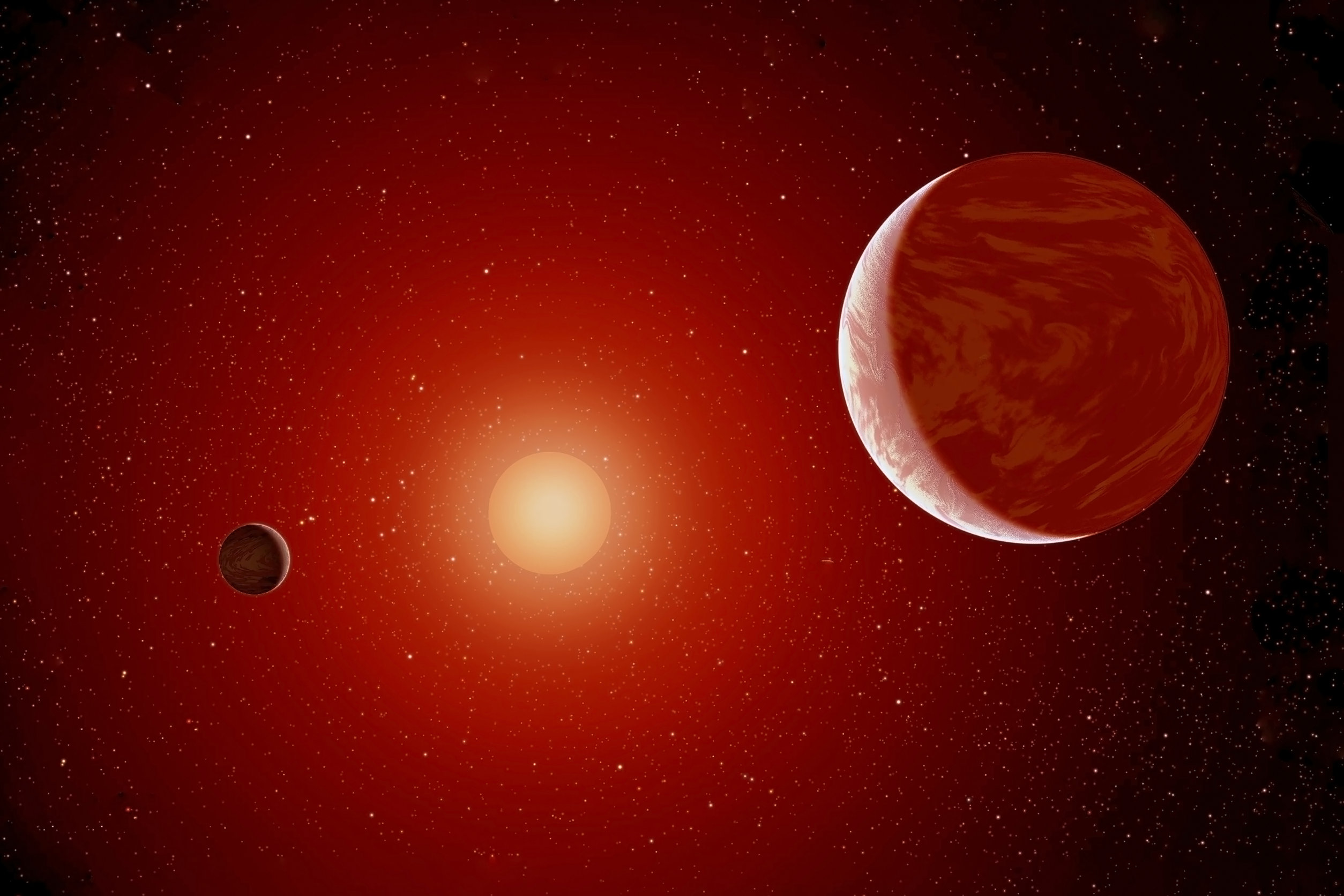Although the publication describing the achievement of the researchers from the University of Liège currently has the form overprintIt is worth paying attention to the information provided. Moreover, let us remember that a super-Earth does not necessarily mean a world better than ours in terms of conditions there. In other words, these newly discovered planets, TOI-6002b and TOI-5713b, are not necessarily habitats for life.
Read also: The strange planet resembles the human eye. Scientists say it is a second Earth.
For this to happen, several conditions must be met, such as being in the habitable zone. This means that the distance from the host star allows water to remain liquid, rather than evaporating or freezing completely. But the mere presence of a rocky planet at such a short distance from the solar system is of great interest.
For their research, the authors used the TESS telescope, which tracks about 200,000 exceptionally bright stars in our neighborhood. Using the transit method, astronomers search for planets orbiting these objects, and the list is growing steadily. In the case of the latest discoveries, we are talking about two red dwarf stars orbited by the alleged super-Earth.
Super-Earth is a term describing a rocky planet with a mass greater than Earth’s that orbits a star other than the Sun.
As the research team explains, for their analysis they used ground-based photometry, high-angle resolution imaging, and spectroscopic observations. The combination of instruments gave them a relatively high degree of confidence in the nature of the objects they were observing. They were almost certainly rocky planets with a mass greater than that of Earth.
TOI-6002b has a radius of 1.65 Earth radii and about four times its mass. It takes 10.9 days to complete an orbit around its star, and is located 0.06 astronomical units away from it. This is a much smaller distance than in our case, because the Earth-Sun distance is limited to 1 astronomical unit. In contrast, TOI-5713b has a radius of 1.77 Earth radii. The exoplanet described has a mass of about 4.3 times that of Earth. Its orbital period is 10.44 days, and the distance between this planet and its star is similar to that of TOI-6002b.
Read also: They look alike, but they’re different. The star closest to our sun has a strange tilt. It defies existing models.
Given the above data – especially regarding the distances between the stars and their planets – it is difficult to imagine that these worlds could harbor life. On the other hand, red dwarfs, despite their notoriously turbulent nature, produce temperatures much lower than those of the Sun. As a result, even at a relatively short distance, they can obtain low enough amounts of energy to not turn into hellish bodies similar to Mercury or Venus. The big unknown remains whether the pursued exoplanets contain water. It cannot be ruled out that these are water worlds that are exceptionally rich in this life-giving substance.

Echo Richards embodies a personality that is a delightful contradiction: a humble musicaholic who never brags about her expansive knowledge of both classic and contemporary tunes. Infuriatingly modest, one would never know from a mere conversation how deeply entrenched she is in the world of music. This passion seamlessly translates into her problem-solving skills, with Echo often drawing inspiration from melodies and rhythms. A voracious reader, she dives deep into literature, using stories to influence her own hardcore writing. Her spirited advocacy for alcohol isn’t about mere indulgence, but about celebrating life’s poignant moments.










